Sample VA Letter of Disagreement Template for Veterans
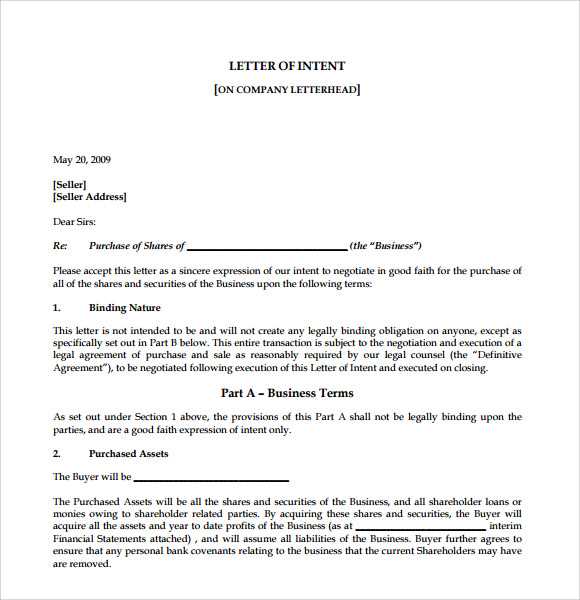
When veterans face disagreements with the decisions made by the Department of Veterans Affairs (VA), they have the right to challenge these outcomes. One of the most important steps in the appeals process is submitting a formal written response, clearly outlining the reasons for the dispute. A well-crafted document can significantly influence the chances of a successful appeal.
Understanding the structure of this communication is key to ensuring that it is both professional and persuasive. A properly formatted appeal helps present the case in a clear and organized manner, increasing its effectiveness. This guide will walk you through the essential components and considerations needed to write an impactful response.
Whether you are dealing with a claim decision or seeking to correct errors in your case, knowing how to present your position accurately and compellingly is crucial. This article will provide you with insights into creating a strong appeal submission that can make a meaningful difference in the outcome of your VA case.
The process of challenging a decision made by the Department of Veterans Affairs is designed to provide veterans with an opportunity to dispute unfavorable outcomes. Whether the decision concerns benefits, claims, or service-related issues, veterans have a formal path to follow for reconsideration. Navigating this process effectively requires understanding the steps involved and the documentation needed to present a clear case.
Steps in the Appeal Process
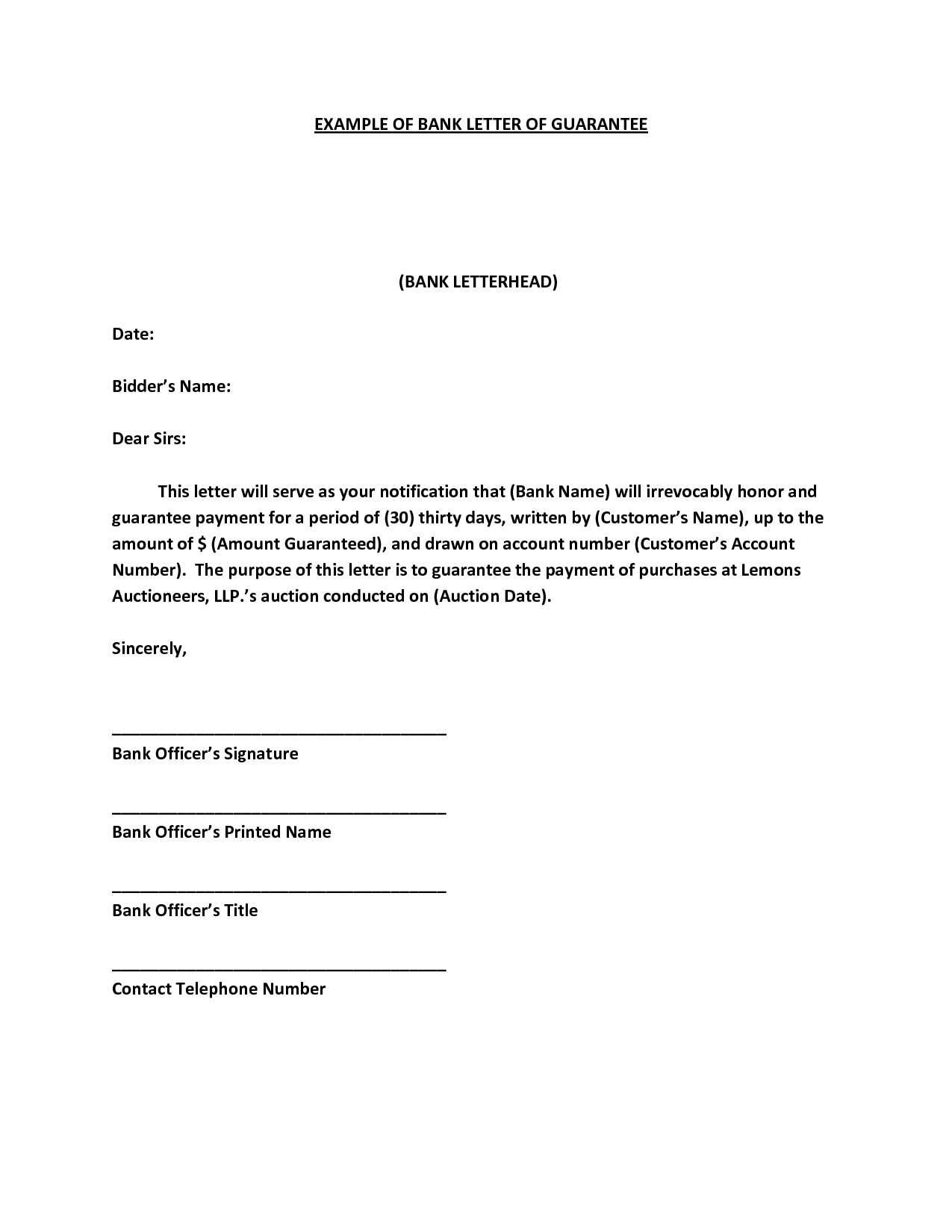
The first step in appealing a VA decision is to request a review. Veterans can choose from several methods, such as a higher-level review or submitting new evidence to strengthen their case. The appeal process generally involves the following steps:
- Submitting a notice of disagreement (NOD) with the VA’s decision.
- Choosing the type of appeal: direct review, hearing, or submission of new evidence.
- Awaiting a decision from the Board of Veterans’ Appeals or regional office.
- Potentially seeking further recourse through the U.S. Court of Appeals for Veterans Claims.
Key Considerations for a Successful Appeal
Success in the appeal process depends on a number of factors, including the strength of the evidence provided and the clarity of the arguments presented. Veterans should take careful note of deadlines and ensure that all required forms are submitted accurately. A few key points to keep in mind include:
- Be specific about the issues you are appealing.
- Gather and submit any new evidence that supports your case.
- Consult a Veterans Service Organization (VSO) for guidance if needed.
Understanding each phase of the appeal process allows veterans to approach their case with confidence, ensuring that their concerns are addressed thoroughly and accurately. The appeal process may take time, but persistence and attention to detail are essential for success.
Key Components of a Disagreement Letter
When challenging a decision made by the Department of Veterans Affairs, it’s essential to present a well-structured and clear document. A successful submission requires several key elements to ensure that the case is understood and addressed appropriately. These components provide a foundation for effectively communicating the reasons behind the dispute and supporting the claim with relevant evidence.
First, the document should begin with a clear statement of the decision being contested. This establishes the basis of the appeal and sets the context for the review process. Veterans must be specific about the issue at hand to avoid any confusion or misinterpretation. Following the introductory statement, it is crucial to include a detailed explanation of why the decision is being disputed. This section should highlight any errors, omissions, or misunderstandings in the original assessment.
Another critical element is the inclusion of any supporting evidence or documentation. This could include medical records, service records, or other relevant materials that strengthen the case. The more compelling and relevant the evidence, the greater the chance of a favorable outcome. Finally, veterans should clearly outline the desired outcome of the appeal. Whether it’s a change in benefits or a reconsideration of the decision, this section helps clarify what the veteran is seeking from the review process.
Creating a strong appeal requires careful attention to detail and a clear presentation of facts. When disputing a decision made by the Department of Veterans Affairs, veterans need to ensure their argument is logically structured and supported by compelling evidence. A well-drafted appeal can significantly improve the chances of a successful outcome, ensuring that the case is properly reviewed and considered.
Clear and Concise Introduction
The opening section of the appeal should succinctly outline the issue being contested. It should clearly state what decision is being challenged and provide any necessary background information. Avoid unnecessary details, focusing only on the key facts that are relevant to the case. A concise introduction sets the stage for the rest of the document and ensures the reviewer understands the purpose of the appeal from the outset.
Strong Evidence and Supporting Documents
One of the most important aspects of a persuasive appeal is the evidence that supports the claim. This may include medical reports, service records, or other documents that back up the veteran’s case. It’s vital to present these materials in an organized manner, referencing them clearly throughout the appeal. The stronger the evidence, the more likely the appeal will have a favorable outcome.
By focusing on clarity, organization, and supporting evidence, veterans can increase the effectiveness of their appeal. Taking the time to carefully craft the document ensures that it will be thoroughly considered and properly reviewed by the relevant authorities.
Common Mistakes to Avoid in Appeals
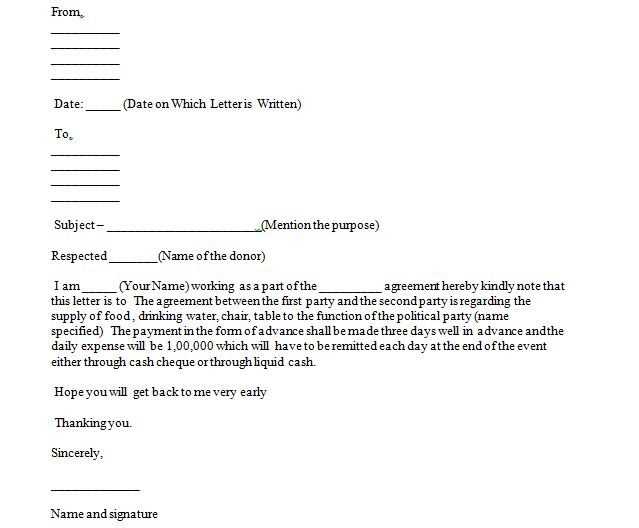
When challenging a decision, it’s important to be aware of common pitfalls that can undermine the effectiveness of an appeal. Small errors in the process, whether they involve incomplete documentation or unclear arguments, can delay the review or negatively impact the outcome. Understanding these frequent mistakes can help ensure a stronger and more persuasive case.
Incomplete or Missing Information
One of the most common mistakes is failing to provide all required documents or not including relevant details. Missing information can lead to confusion and delay the appeal process, as the VA may need to request additional materials. Always double-check that all necessary forms are submitted and that each piece of supporting evidence is referenced clearly within the appeal.
Unclear or Weak Arguments
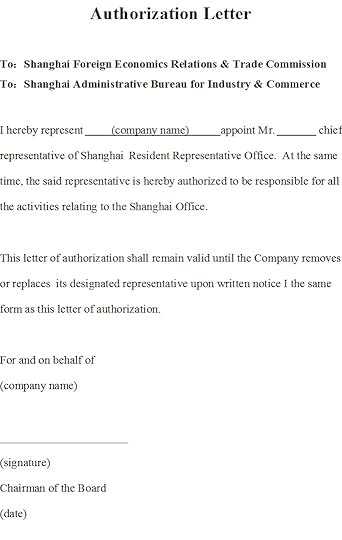
Another mistake is presenting vague or poorly structured arguments. The reason for the appeal must be clearly stated and backed by solid evidence. A lack of clarity can make it difficult for the reviewer to understand the basis of the appeal, leading to a less favorable decision. Be direct and provide logical, well-supported reasons for the dispute.
Key Mistakes Table
| Mistake | Impact | Solution |
|---|---|---|
| Missing documents | Delays the process and may lead to an incomplete review | Ensure all required forms and supporting materials are included |
| Weak or vague arguments | Reduces the clarity and strength of the case | Present clear, detailed, and logically supported reasons for the appeal |
| Failure to meet deadlines | Results in rejection or dismissal of the appeal | Keep track of all deadlines and submit materials promptly |
Avoiding these mistakes can significantly improve the chances of a successful appeal. By carefully preparing the case and avoiding common errors, veterans can ensure that their concerns are given proper attention and consideration during the review process.
Crafting a compelling appeal requires attention to detail, clarity, and organization. To increase the likelihood of success, it’s essential to focus on presenting the facts in a logical and persuasive manner, while also ensuring that the document is professional and error-free. By following key strategies, veterans can effectively communicate their position and improve the chances of a favorable review.
First, start with a clear and concise introduction that directly addresses the issue at hand. Avoid unnecessary background information, focusing only on the relevant facts that pertain to the decision being challenged. A strong appeal should also maintain a respectful and professional tone, ensuring that the review process is conducted with the appropriate seriousness.
Next, ensure that all supporting evidence is properly organized and referenced throughout the document. This could include medical reports, service records, or other important documents. A well-organized appeal allows the reader to easily navigate the materials and understand how they support the claims being made.
Finally, make sure to conclude with a specific request for the desired outcome. Clearly state what you are seeking from the review process, whether it’s an adjustment of benefits, reconsideration of a decision, or any other appropriate action. A strong and well-structured appeal is one that is direct, thorough, and easy to follow.
Submitting Your Appeal Correctly
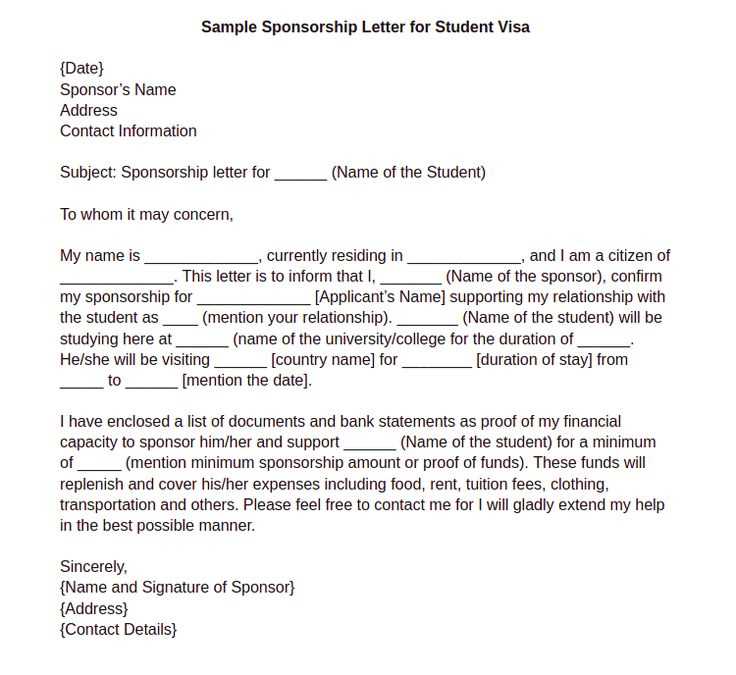
Submitting an appeal correctly is crucial to ensure that your case is reviewed and considered in a timely manner. Failing to follow the proper submission process or missing important steps can result in delays or even the dismissal of your appeal. Understanding the correct procedure and the requirements for submission helps avoid unnecessary complications and ensures that your request is processed efficiently.
The first step in the submission process is to ensure that all necessary forms are completed accurately. Double-check that all required documents are included, and ensure that any additional evidence is properly organized and referenced. Incomplete or improperly filled-out forms can lead to significant delays in the review process.
Once the documents are ready, you must send them to the correct address or department. The Department of Veterans Affairs provides specific instructions on how and where to submit your appeal. Make sure you follow these guidelines carefully to avoid any errors. Additionally, keep a copy of all documents and a record of the submission for your own reference.
Finally, be mindful of the deadlines. Submitting your appeal on time is essential to ensure that it is considered. Late submissions can result in the rejection of your case or a delay in the review process, so make sure to send everything well in advance of the deadline to avoid any issues.